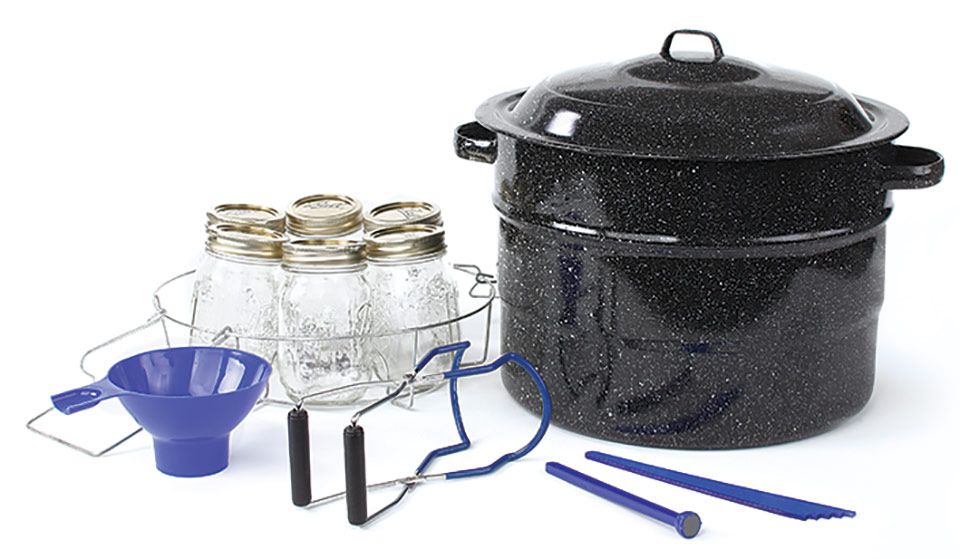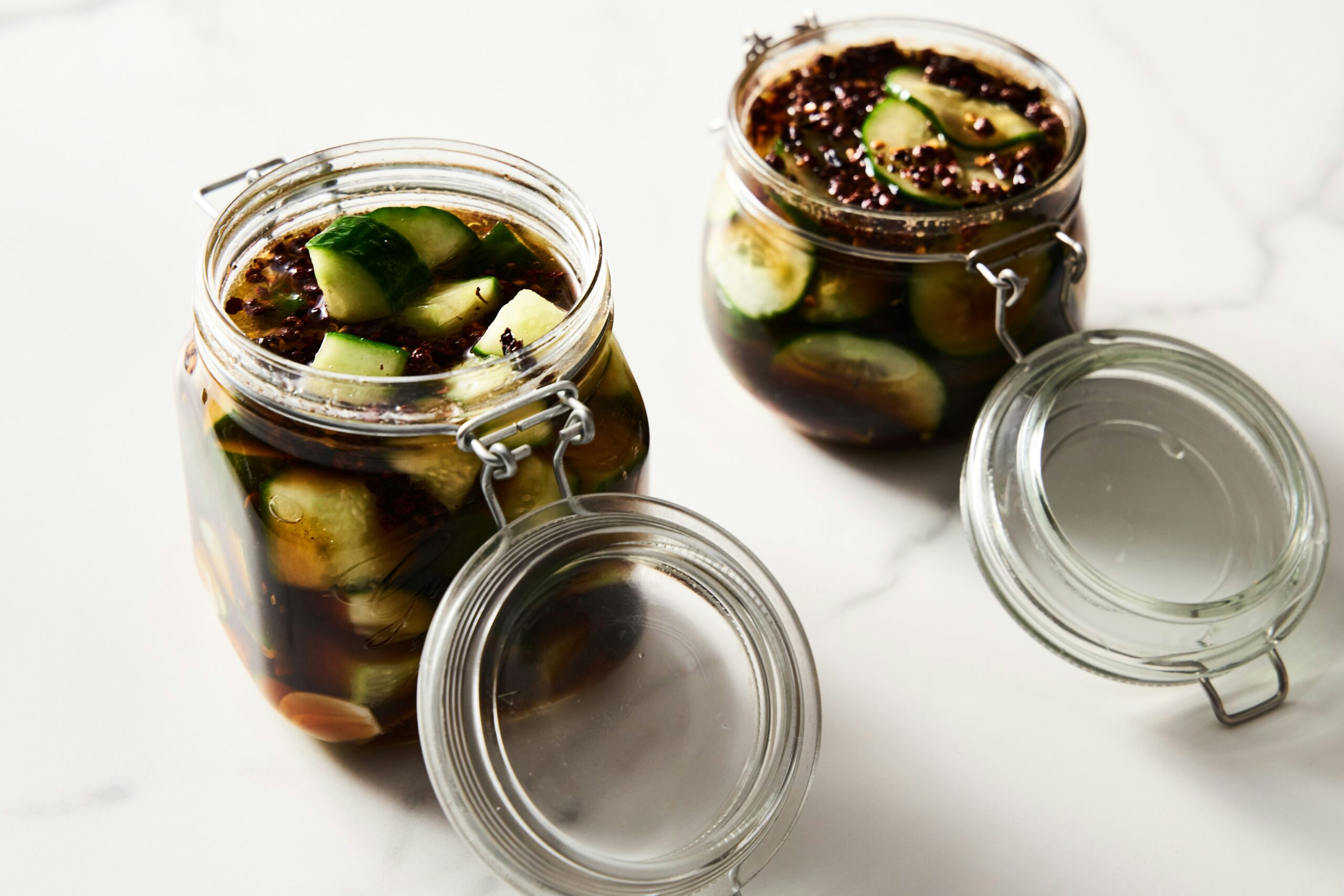Preserving food at home is an age-old tradition rooted in practicality, creativity, and resourcefulness. But beyond just extending the life of your produce, canning, pickling, and jarring add layers of flavor, fun, and fulfillment to your kitchen routine.
Strawberries taste so much sweeter when they’re infused in a homemade jam, don’t they? And few things beat the tangy crunch of a pickled cucumber straight from your pantry! Whether you’re looking to reduce food waste, explore food preservation methods, or just enjoy an afternoon of jarring creativity, this comprehensive guide will walk you through every step of the process.
You’ll learn the basics of canning, discover pickling secrets, master jarring techniques, and even troubleshoot common mishaps. With our step-by-step guidance, you’ll feel confident preserving the best flavors of each season for your pantry shelf.
Canning Basics
Canning is one of the most popular food preservation methods. It involves placing food in sterilized jars and heating them to kill off any harmful bacteria. Once sealed, the food inside stays fresh and flavorful for months (or even years!).
What Are The Methods of Canning?
There are two main methods for canning food safely:
- Water Bath Canning

-
-
- Ideal for high-acid foods like fruits, jams, and pickles.
- Simple and beginner-friendly, as it requires just a pot of boiling water and some equipment.
-
- Pressure Canning
-
-
- Used for low-acid foods like vegetables, meat, and soups.
- This method achieves higher temperatures to eliminate harmful bacteria like botulism.
- A pressure canner is essential for this type of preservation.
-
Essential Equipment For Canning
Before you begin, gather these essentials from your local store or pantry.
- Glass Mason Jars (with two-piece lids)
- Canning Funnel (to prevent spills)
- Jar Tongs (to safely lift hot jars)
- Canning Pot or Pressure Canner
- Food Labels (great for keeping track of contents and dates)
Step-by-Step Guide to Safe Canning Practices
- Wash your jars, lids, and tools thoroughly with soap and hot water.
- Sterilize the jars by submerging them in boiling water for 10 minutes or by using a dishwasher on high-heat settings.
- Prepare your food (whether it’s fruits, sauces, or vegetables).
- Fill jars, leaving appropriate headspace (typically ½ inch).
- Place jars into boiling water or a pressure canner, based on the food type.
- Process for the recommended time per your recipe.
- Remove jars, cool, and check for proper seal (the lid shouldn’t pop).
Pickling Delights
Pickling allows you to transform fresh fruits and vegetables into tangy, well-seasoned delights. By submerging produce in a brine of vinegar, water, and spices, you create a flavor explosion that amplifies the natural characteristics of your ingredients.
Types of Pickles
- Vinegar Pickles (Quick Pickles): Made by combining vinegar, water, and salt. These are ready in a matter of days.
- Fermented Pickles: These rely on natural fermentation and take several weeks to develop their complex tangy flavor.
Basic Pickling Ingredients
Here’s everything you need to create your first batch of pickles!
- Vinegar: White distilled or apple cider vinegar.
- Salt: Avoid iodized salt; stick to pure pickling salt or kosher salt.
- Sugar: Often added for balancing tartness.
- Spices: Dill, mustard seeds, garlic, and peppercorns are pickling favorites.
Easy Pickling Recipes
Crispy Cucumber Pickles
Ingredients:
- Cucumbers (4 cups sliced)
- 2 cups vinegar
- 2 cups water
- 3 tbsp pickling salt
- 1 tbsp dill seeds
Steps:
- Slice cucumbers and pack them into jars.
- Heat vinegar, water, salt, and dill in a saucepan until dissolved.
- Pour over cucumbers, seal jars, and refrigerate for 24 hours.
Jarring Techniques
Jarring helps you preserve jams, sauces, and more, combining functionality with creativity. Whether you’re gifting mason jar desserts or bottling your favorite pasta sauce, jarring adds charm to homemade goods.
Best Practices for Sterilizing Jars
- Wash jars with hot, soapy water.
- Sterilize jars in boiling water for at least 10 minutes.
- Ensure jars are kept warm until filled to prevent cracking.
Creative Jarring Recipes
- Homemade Strawberry Jam: Smear it on waffles or biscuits for a sweet breakfast.
- Tomato Sauce: Tastes like an Italian grandma’s secret recipe!
- Desserts in Jars: Layer cakes or mousses for a stunning, edible centerpiece.
Food Safety First
Preserving food improperly can lead to spoilage or foodborne illnesses. To help you stay safe, avoid the following pitfalls.
Common Mistakes to Avoid
- Using chipped jars or worn-out lids.
- Not processing jars for the correct time.
- Overfilling jars, which can cause sealing issues.
Signs of Spoilage
- Loose or unsealed lids.
- Strange odors or discoloration when opening a jar.
- Mold or bubbling liquid inside the jar.
For further safety, review resources like the USDA’s food preservation guidelines.
Troubleshooting Common Preservation Issues
Preservation mishaps happen, but they’re fixable!
- Seal Failure: Reseal jars by reheating and checking for cracks.
- Discoloration of Pickles: Adjust the salt or vinegar ratio to prevent this.
- Watery Jam: Increase the fruit-to-sugar ratio or add natural pectin.
Start Your Food Preservation Journey Today
By learning how to can, pickle, and jar food safely, you’re not just extending the life of your food; you’re cultivating a rewarding, sustainable practice. Plus, nothing beats the satisfaction of opening a jar of your handiwork months later!
Whether you’re a seasoned food preserver or testing the (pickle) waters for the first time, take the leap today. From spicy pickle spears to sweet jams, there’s no limit to what you can create at home with just a few tools, creative spirit, and some kitchen confidence.
